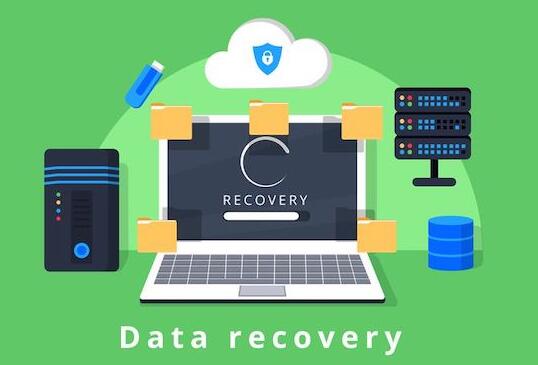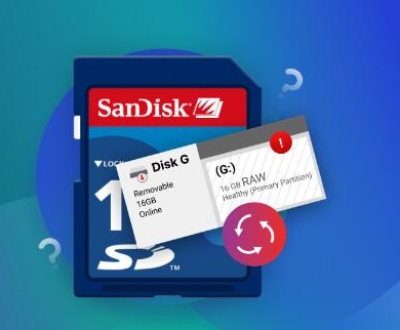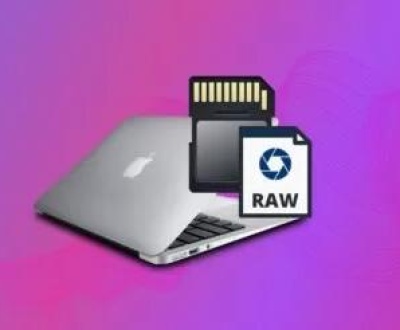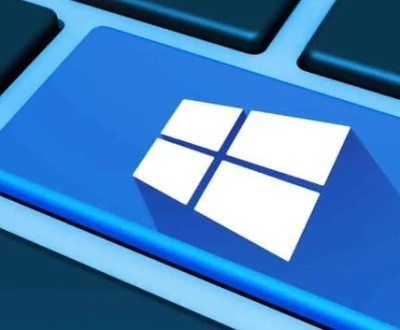Using Ontrack EasyRecovery can be straightforward if you follow the steps carefully.
Ontrack EasyRecovery is a powerful data recovery software designed to help users recover lost, deleted, or corrupted data from various storage devices such as hard drives, SSDs, USB drives, and memory cards. The software is user-friendly and supports both Windows and Mac operating systems.
Installation
Download the Software:
Visit the Ontrack EasyRecovery website and choose the appropriate version for your operating system (Windows or Mac).
Download the installer file to your computer.
Install the Software:
Locate the downloaded installer file and double-click to run it.
Follow the on-screen instructions to complete the installation process. Accept the license agreement and choose the installation directory.

Once installed, launch the software.
Initial Setup
Launch the Application:
Open Ontrack EasyRecovery from your desktop or start menu.
You may be prompted to enter a license key. If you have purchased the software, enter the key to activate it. If you are using a trial version, select the trial option.
Select the Recovery Mode:
Ontrack EasyRecovery offers several recovery modes, including:
Deleted File Recovery: For files that have been deleted and not yet overwritten.
Formatted Media Recovery: For files lost due to formatting the storage device.
Partition Recovery: For recovering lost or deleted partitions.
Advanced Recovery: For more complex recovery scenarios.
Choose the appropriate recovery mode based on your situation.
Scanning for Lost Data
Select the Storage Device:
The software will display a list of available storage devices connected to your computer.
Select the device from which you want to recover data and click “Next.”
Choose the Scan Type:
Ontrack EasyRecovery offers two types of scans:
Quick Scan: A faster scan that searches for recently deleted files.
Deep Scan: A more thorough scan that searches for all recoverable files, including those lost due to formatting or corruption.
Select the type of scan you want to perform and click “Scan.”
Scan the Device:
The software will begin scanning the selected storage device for recoverable files.
The duration of the scan will depend on the size of the device and the type of scan chosen.
You can monitor the progress of the scan and pause or stop it if necessary.
Recovering Data
Review the Scan Results:
Once the scan is complete, Ontrack EasyRecovery will display a list of recoverable files.
The files will be organized by categories such as file type, folder structure, or original location.
You can use the search bar to locate specific files or use the filters to narrow down the results.
Preview Files (Optional):
The software allows you to preview certain types of files, such as images and documents, before recovering them.
Click on a file to see a preview and ensure it is the one you want to recover.
Select Files to Recover:
Check the boxes next to the files or folders you want to recover.
You can select multiple files or entire folders at once.
Recover Selected Files:
Click the “Recover” button to begin the recovery process.
Choose a destination folder on your computer where the recovered files will be saved.
It is recommended to save the recovered files to a different storage device to avoid overwriting any remaining lost data.
Post-Recovery Steps
Verify Recovered Files:
Once the recovery process is complete, navigate to the destination folder and verify the recovered files.
Open a few files to ensure they are intact and not corrupted.
Backup Recovered Data:
It is essential to create a backup of the recovered data to prevent future data loss.
Use an external hard drive, cloud storage, or another backup solution to store the recovered files.
Advanced Features
RAID Recovery:
Ontrack EasyRecovery also supports RAID recovery for complex RAID configurations.
If you need to recover data from a RAID array, select the RAID recovery mode and follow the specific instructions provided by the software.
Custom File Types:
If you are looking for specific file types not included in the default list, you can add custom file types.
Go to the settings menu and add the file extensions you want the software to search for.
Resume Recovery:
Ontrack EasyRecovery allows you to save scan results and resume the recovery process later.
This feature is useful if you need to pause the recovery process or if the scan is taking a long time.
Troubleshooting
No Files Found:
If the scan does not find any recoverable files, try using the deep scan option.
Ensure that the storage device is properly connected and recognized by your computer.
Recovered Files Are Corrupted:
If recovered files are corrupted or incomplete, it may be due to partial overwriting or severe damage to the storage device.
Try using different recovery modes or consult a professional data recovery service.
Software Crashes or Freezes:
Ensure that your computer meets the system requirements for Ontrack EasyRecovery.
Close other running applications to free up system resources.
If the problem persists, reinstall the software or contact Ontrack support for assistance.
Ontrack EasyRecovery is a robust and user-friendly tool for recovering lost or deleted data from various storage devices. By following the steps outlined in this guide, you can maximize your chances of successfully recovering your data. Remember to always back up your important files to prevent future data loss.
About us and this blog
Panda Assistant is built on the latest data recovery algorithms, ensuring that no file is too damaged, too lost, or too corrupted to be recovered.
Request a free quote
We believe that data recovery shouldn’t be a daunting task. That’s why we’ve designed Panda Assistant to be as easy to use as it is powerful. With a few clicks, you can initiate a scan, preview recoverable files, and restore your data all within a matter of minutes.
Subscribe to our newsletter!
More from our blog
See all postsRecent Posts
- Retrieve deleted videos from sd card 2025-04-25
- How to retrieve damaged sd card? 2025-04-25
- Retrieve photos from sd card 2025-04-25

 Try lt Free
Try lt Free Recovery success rate of up to
Recovery success rate of up to









